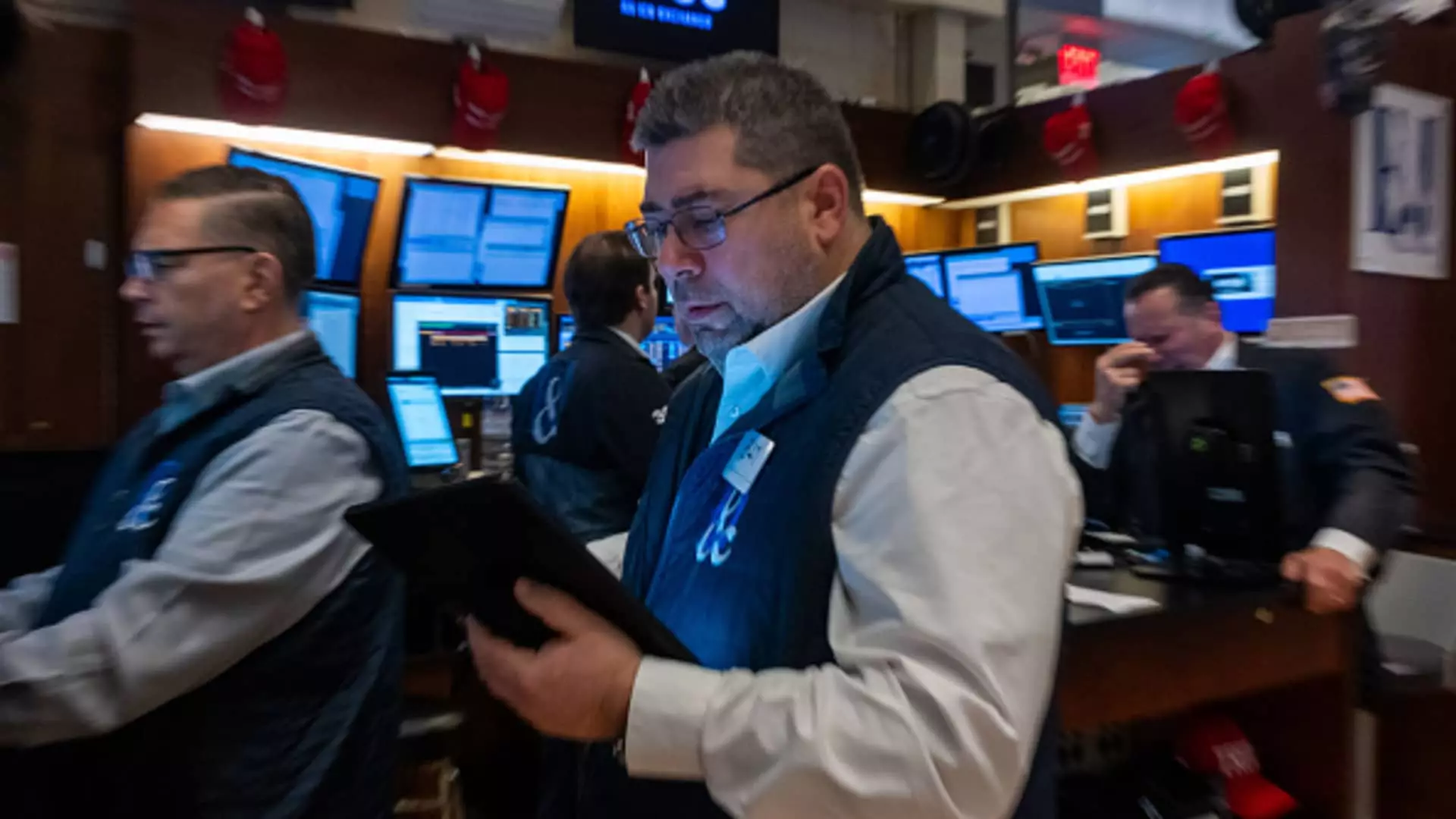In recent months, the stock market has witnessed an influx of bold and significant trading activities. Investors leaning towards speculative approaches have been increasingly attracted to leveraged and inverse exchange-traded funds (ETFs). This noteworthy trend signifies a shift in behavior among retail traders who are seeking rapid returns in a rapidly changing market landscape. The availability and accessibility of information through digital platforms have made it easier for individual investors to engage in complex trading strategies that were once the domain of institutional investors.
As we explore the proliferation of leveraged and inverse ETFs, it becomes essential to recognize the characteristics that define them. Unlike traditional ETFs, which mirror the performance of underlying indices, leveraged ETFs strive to achieve multiples of daily returns, while inverse ETFs aim to deliver returns that are the opposite of market movements. This inherent difference allows traders to express bullish or bearish outlooks with remarkable intensity, which can, understandably, lead to higher volatility in trading volumes.
The mechanics behind leveraged and inverse ETFs are complex and require a nuanced understanding. Leveraged ETFs utilize financial derivatives to magnify the returns on an underlying index. For example, if a specific index rises by 1%, a 2x leveraged ETF is designed to multiply that gain to 2%, while in inverse situations, the instruments aim to provide the reverse performance. However, this amplified gain comes with a caveat: the funds are recalibrated daily. As a result, holding these products beyond just a single trading day can often lead to underwhelming returns when compared to the anticipated outcomes.
To illustrate, consider an example where an investor utilizes a 2x leveraged ETF while the underlying index fluctuates. In a hypothetical situation where the index increases by 10% on one day and then diminishes by 10% the following day, the investor’s actual returns can diverge significantly from the expected projections. Hence, an initial investment of $100 in the leveraged version could yield only $96 by the end of the second day, highlighting that market conditions and volatility can drastically impact actual returns far beyond initial expectations.
Several analysts have suggested that the current trading environment is marked by a generational shift, particularly among younger investors. This demographic, more accustomed to digital trading tools and armed with a thirst for rewarding experiences, brings a different mindset to investment strategies. According to recent insights, a considerable portion of these traders are inclined to embrace the potential profitability of leveraged ETFs, drawn by the immediate gratification they promise.
This accessibility is further fuelled by compelling marketing campaigns and educational resources that simplify the concept of trading through leveraged and inverse ETFs. Such low barriers to entry have democratized the investment landscape, making it feasible for individual investors to enter markets that demand unique skill sets and thorough market knowledge.
Impact of Market Trends on ETF Popularity
The rise in capital allocated to leveraged and inverse ETFs is indicative of broader market trends. As global economies rebound and stock values trend upward, the appetite for speculative trading has expanded. Notably, major players in the ETF market, such as Direxion, report that retail traders constitute a substantial portion of leveraged ETF holders, with estimates indicating up to 75% ownership from individual investors.
This burgeoning movement shifts ETF trading dynamics as these instruments increasingly dominate daily trading activity. The rise of trading in options, cryptocurrencies, and other speculative products indicates an overall shift toward high-risk investments, underscoring the appetites of contemporary investors. Since their inception, leveraged and inverse products have seen mutual fund assets expand rapidly, increasing from a mere fraction of total ETF assets to a significant and growing portion of the market today.
While the potential for enticing returns attracts many investors, it’s crucial to understand that these products are not suited for every trading strategy. Market experts consistently emphasize caution when engaging with leveraged and inverse ETFs due to their inherent risks. The compounding effects and daily resets mean that the simple buy-and-hold philosophy does not apply in this domain; rather, these instruments are tailored for short-term tactical positions.
Investors need to approach these products with a careful mindset, weighing the risks against potential rewards. As noted by market professionals, there can be significant repercussions during market downturns, especially for traders who may not fully grasp the volatility these products can induce.
The escalating popularity of leveraged and inverse ETFs reflects a transformative phase in the investment landscape, driven by retail investor enthusiasm and a new wave of speculative trading. While these products offer opportunities for amplified returns, prospective investors must navigate the complexities with diligence. A thorough understanding of the underlying risks and mechanics is vital for anyone looking to engage with this unique segment of the ETF market. Ultimately, the pursuit of profit must be balanced against informed decision-making and a strategic approach to risk management.

